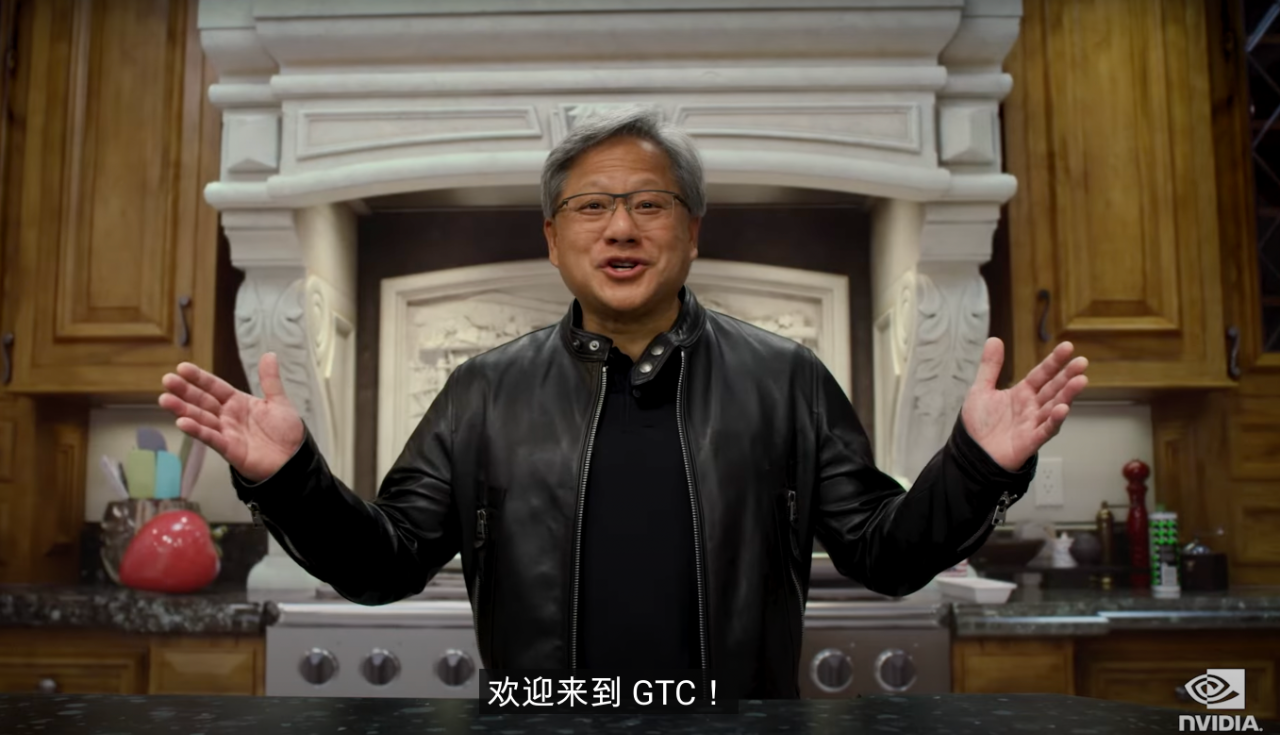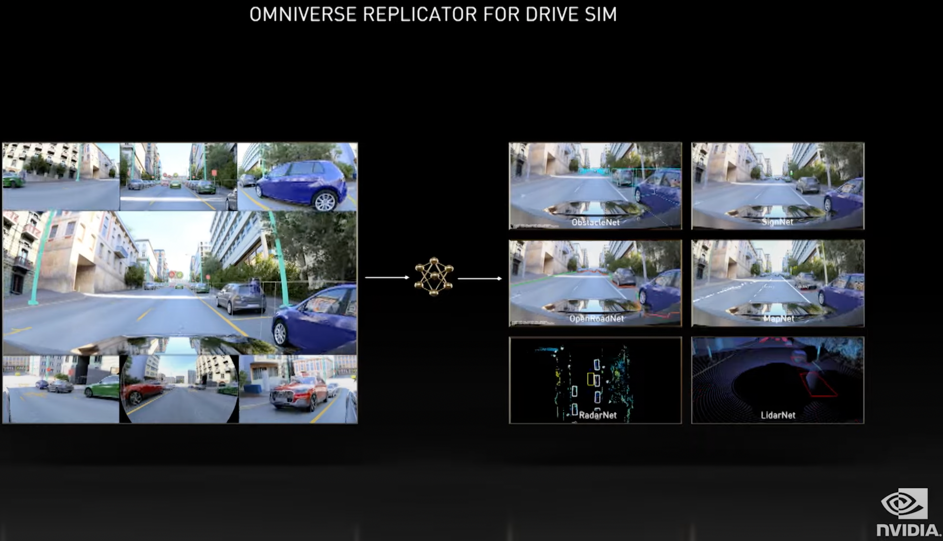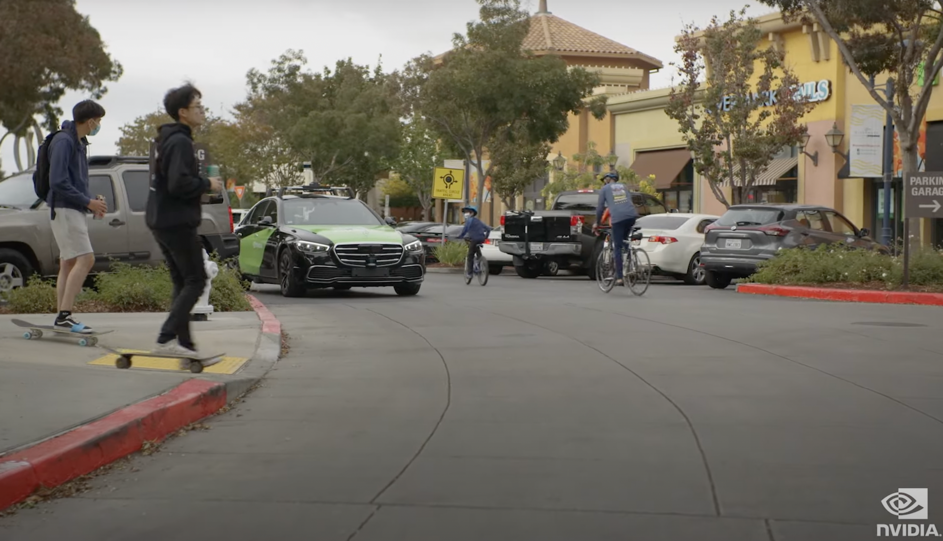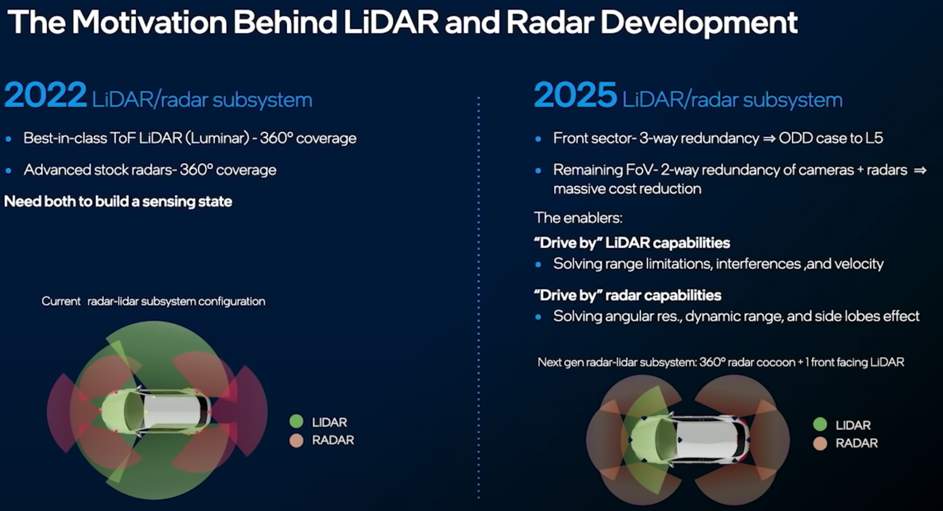James Yang Jianwen
It’s the familiar kitchen, the familiar black leather jacket, and the familiar Huang, the leader of NVIDIA.
Well, the familiar GTC conference is here again.

As the rising star “beloved by the team” in the field of autonomous driving, what does NVIDIA bring to us this time? Without further ado, let’s get to the point.
Next, enjoy.
Hyperion 8
Huang said: “All moving things will achieve full or nearly full autonomy. By 2024, the vast majority of new electric vehicles will have true self-driving capabilities.”
This time, NVIDIA has launched the latest complete hardware and software architecture: Hyperion 8. You can think of it as NVIDIA’s software and hardware integrated autonomous driving solution.
Specifically, this sensor kit includes 12 cameras, 9 millimeter-wave radars, 12 ultrasonic sensors, and 1 front-facing lidar, driven by two Orin chips (with computing power exceeding 500TOPS).

Hyperion has several new technologies built in, including Omniverse Replicator for DRIVE Sim, which is an autonomous vehicle synthesizing data generation engine based on Omniverse.

Huang said: “Hyperion 8 is an ideal platform for anyone developing autonomous driving or autonomous driving sensors.”
(The tone is not small.)
Currently, NVIDIA has collected PB-level road data from all over the world and has approximately 3,000 trained annotators.
How large is this PB-level data? It is equivalent to about 1,000 TB, and 1T is equal to 1024GB.
NVIDIA will use this data to train its AI models.

 Translate the following Chinese text into English Markdown text, in a professional manner, preserving HTML tags inside Markdown, and only output the results.
Translate the following Chinese text into English Markdown text, in a professional manner, preserving HTML tags inside Markdown, and only output the results.

At the same time, Nvidia is also working closely with sensor manufacturers to model their sensors accurately.

At the same time, Nvidia has established a lidar-materials library and is also building a radar-materials library for millimeter-wave radar.


All of this work is done to ultimately deliver better autonomous driving performance.
“Mapping is the key pillar of autonomous driving. It is the collective memory of the fleet and can be thought of as another sensor.”
In August of this year, Nvidia acquired DeepMap, a startup dedicated to building high-precision maps for autonomous vehicles to achieve safe navigation.

This also means that cloud maps have become part of Nvidia’s business.
Nvidia is now working on both mapping and fleet map construction.

NVIDIA is currently deploying the Hyperion 8 sensor, 4D perception, deep learning-based multi-sensor fusion, feature tracking, and a new planning engine.
After all this paper talk, it’s time to try it out.
Live Demonstration
Do you remember the partnership with Mercedes-Benz that Nvidia did? At the end of June last year, Mercedes-Benz stopped working with BMW and turned to Nvidia to use the latter’s computing platform for autonomous driving development.

This time, Nvidia brought a live demonstration of a Mercedes-Benz with Hyperion 8 for autonomous driving, which is also a phased result demonstration of this solution.There is still a safety officer in the car.
In the video, we can see the performance of Mercedes-Benz in various scenarios such as lane change, pedestrian crossing, intersection, roundabout, and insertion:
Left turn without protection:

Roundabout:

Automatic avoidance of pedestrians:

Based on practical display, the performance of Hyperion 8 is indeed very good.
There are two small details that can be shared. The first is that the sensor configuration on this car is slightly different from Hyperion 8 mentioned earlier. It is visible to the naked eye that a LiDAR has been added to the top.
Obviously, the Hyperion 8 sensor configuration can be increased or decreased according to customer needs.

Another detail is that Mercedes-Benz has also achieved the simulation of autonomous driving status similar to Tesla FSD on the large screen. It should be noted that other autonomous driving manufacturers generally need an external display to test in the cooperating host factory car. Therefore, you can see how deep the cooperation between Mercedes-Benz and NVIDIA is.



As mentioned before, Mercedes-Benz and NVIDIA will build a new vehicle computing architecture based on the DRIVE DRIVE AGX platform, jointly develop AI and autonomous driving applications, including SAE L2 and L3 functions, as well as automatic parking functions (up to L4 level), and deploy the new architecture on the next generation Mercedes-Benz car, with a time point set in 2024.
That is to say, we can see the models equipped with NVIDIA’s autonomous driving solutions as early as 2024.
SummaryAfter launching chips that offer hundreds or thousands of TOPS, people thought that NVIDIA was a provider of chips for advanced autonomous driving companies. Later, after launching the L2 autonomous driving chip for Mobileye, people thought NVIDIA also wanted a share of the L2 ADAS market. Now, NVIDIA has presented its latest complete hardware and software architecture: Hyperion 8, and even stated that “end-to-end collaboration” is possible. The ambition is clear: in the future, collaborations with NVIDIA will extend beyond chips, the NVIDIA DRIVE platform, and cloud mapping to include complete software and hardware solutions. NVIDIA’s advantage is its openness and varied software stacks for autonomous driving and cabin development. For companies with weaker software development capabilities, NVIDIA’s end-to-end solution is a godsend. NVIDIA’s path is becoming broader. Inevitably, the competition with Mobileye needs discussion after seeing NVIDIA’s offering. The two are polar opposites, with NVIDIA expanding from L4 to L2 and Mobileye from L2 to L4. However, both have decided to launch complete software and hardware solutions in the end. NVIDIA has presented Hyperion 8 for advanced autonomous driving, while Mobileye introduced Mobileye SuperVision ™ for ADAS. For high-level autonomous driving, both have launched end-to-end solutions for 2022 and 2025.
In May of last year, Nvidia released a Level 2 autonomous driving chip, officially encroaching on Mobileye’s territory. Now, in terms of integrated hardware and software end-to-end solutions, the two companies are about to face each other head-on. 🙂
This article is a translation by ChatGPT of a Chinese report from 42HOW. If you have any questions about it, please email bd@42how.com.
